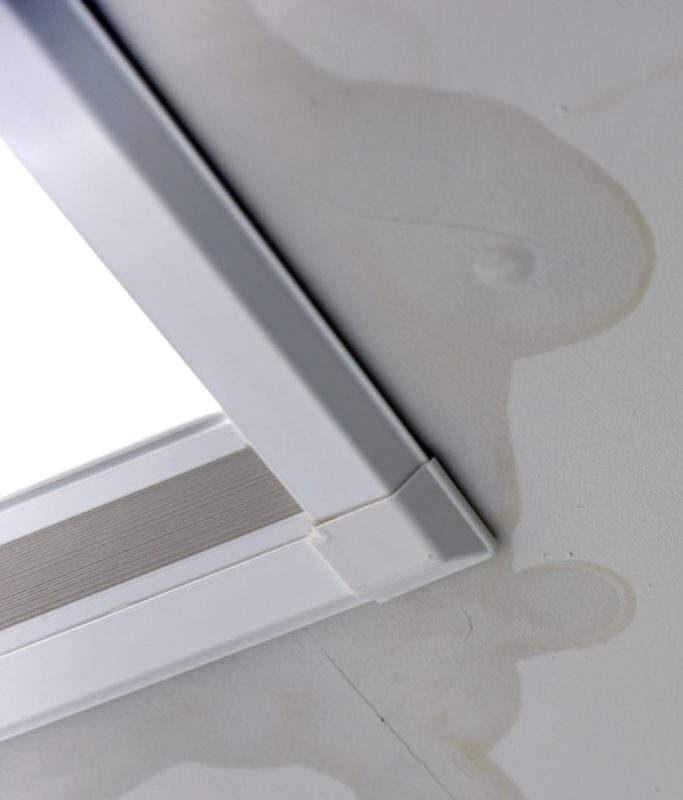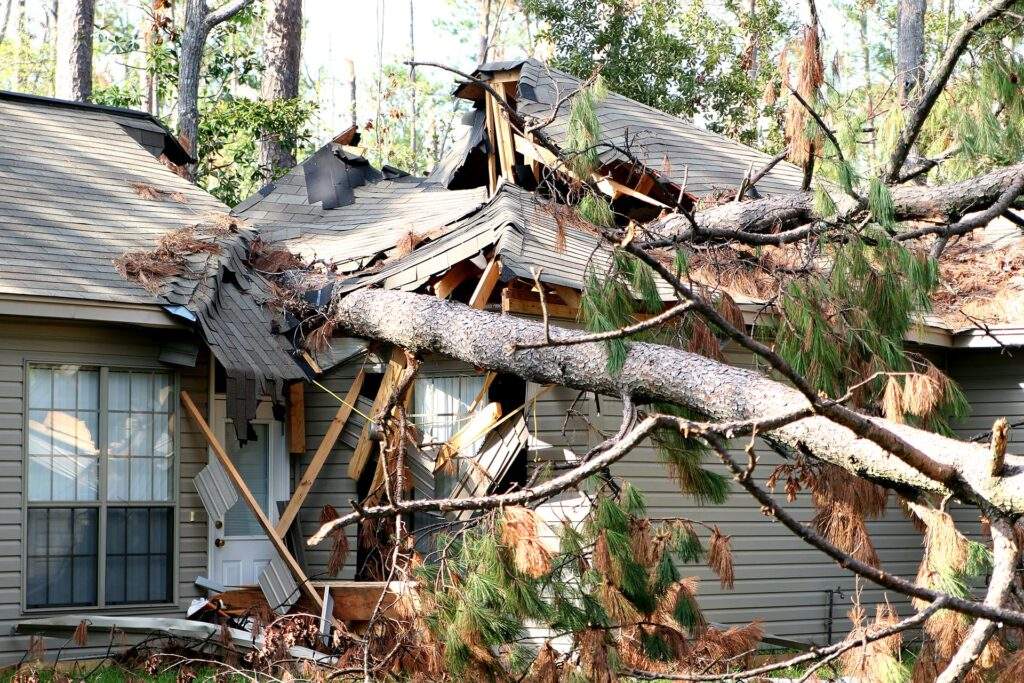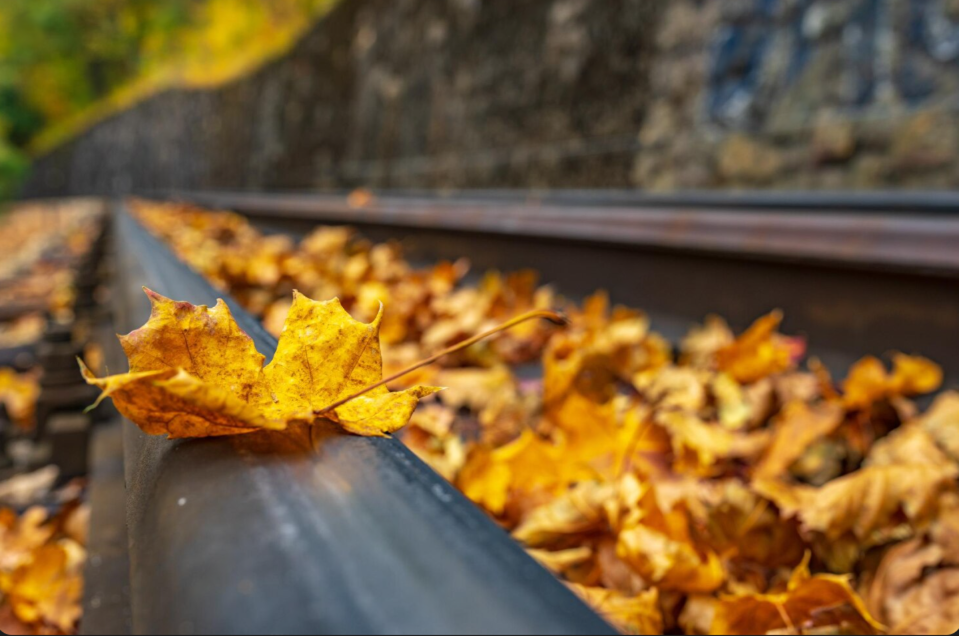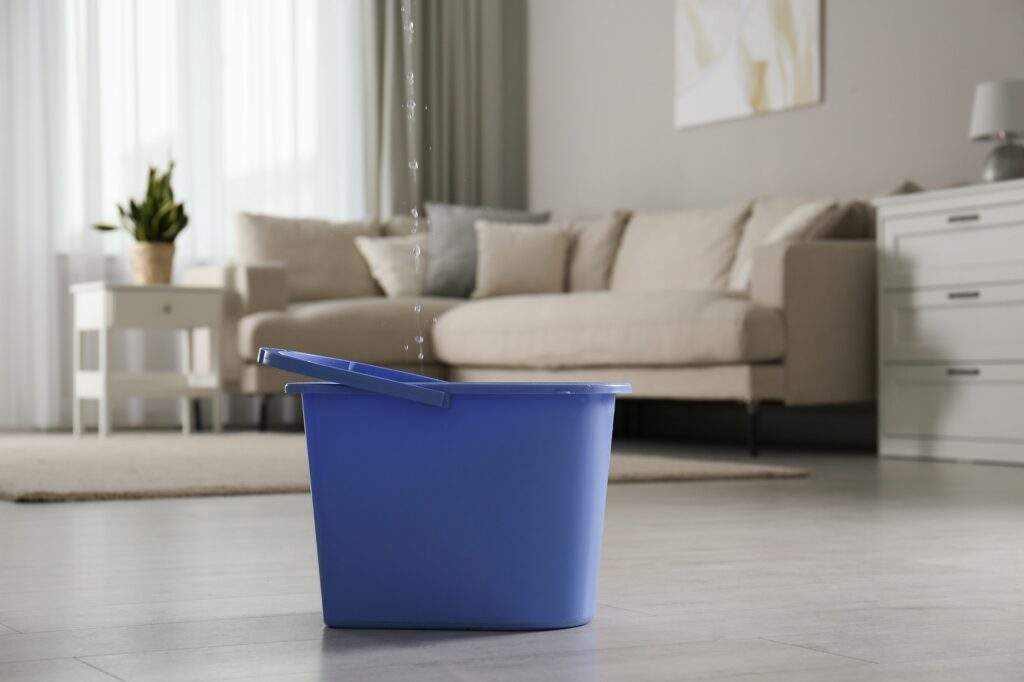If you’ve ever noticed a mysterious water stain on your ceiling after a blizzard in Powderhorn Park or a summer thunderstorm in Linden Hills, you’re not alone.
In the Twin Cities, where the weather swings from icy winters to rainy summers, ceiling water stains are a common concern for homeowners.
These stains aren’t just unsightly—they often signal bigger issues, like mold growth or structural damage, if left unchecked.
This blog is here to help.
We’ll explore seven common culprits behind water stains and provide practical fixes designed for Twin Cities homes.
From roof leaks caused by ice dams to plumbing issues in historic houses, we’ll tailor our advice to the unique challenges of local weather and architecture.
Let’s dive in and keep your home safe, dry, and beautiful.
Key Takeaways
- Ice dams form when snow melts unevenly, trapping water under shingles and staining ceilings—roof inspections help prevent this.
- Plumbing leaks from old pipes or loose seals often cause ceiling spots, so hiring a local plumber saves trouble.
- Cracked skylight seals or clogged edges lead to stains, but regular upkeep or a professional inspection keeps them in check.
- Clogged gutters or iced-up downspouts back up water, creating stains—local roofers can fix or upgrade your drainage systems.
- Heavy snow loads, worn flashing, or HVAC condensation often mean water stains, so calling roof or HVAC experts can prevent worse damage.
7 Common Causes of Water Stains on Ceilings
Ceiling water stains might look like small problems, but they’re often red flags for bigger issues in your home. Here are seven common culprits and how to deal with them before they cause more trouble.
1. Roof Leaks from Ice Dams
You’ve seen it before—long icicles hanging from gutters after a snowstorm in Highland Park.
While they may look picturesque, those icicles are a telltale sign of ice dams, a major culprit behind ceiling water stains in Twin Cities homes.
These dams form when uneven roof temperatures cause snow to melt and refreeze at the edges, trapping water under shingles and allowing it to seep into your home.
To protect your home from roof leaks and catch potential trouble spots, focus on prevention.
- Seal attic air leaks.
- Improve ventilation and insulation.
- Schedule regular roof inspections.
Like those offered by Xcel Energy’s Home Energy Squad, energy audits can help identify heat loss that contributes to ice dam formation.
And if you’re already spotting stains near exterior walls, it’s time to call a professional for roof repairs before the damage spreads.
2. Plumbing Leaks in Upstairs Bathrooms
In neighborhoods like Crocus Hill, where many homes boast vintage charm, plumbing issues are a frequent cause of ceiling water stains.
Loose seals around fixtures or aging pipes often lead to slow leaks that show up as discolored spots on ceilings below.
Even in newer homes in suburbs like Maple Grove or Eagan, plumbing leaks can occur, especially if you notice subtle discoloration on ceilings near bathrooms.
Here’s how to stay ahead of the problem:
- Regularly inspect plumbing connections in kitchens and bathrooms for leaks.
- Install moisture meters near potential trouble areas to catch leaks early.
- If your home’s plumbing is older, consider reaching out to a local plumber with experience in historic Twin Cities homes.
Tackling plumbing issues early can save you from larger headaches—and bigger bills—down the line.
3. Poorly Maintained Skylights
Skylights are a stunning feature, but they’re also a sneaky source of water stains if they’re not properly maintained.
In areas like Theodore Wirth Park or Phalen Regional Park, where heavy rainfalls and melting snow are common, water often finds its way through cracked seals or debris-clogged edges.
Regular upkeep is essential.
- Clear debris around skylights.
- Check for cracks.
- Reseal edges with silicone sealant before the seasons change.
For persistent issues, hire a Twin Cities professional to inspect and repair your skylights.
Don’t let water seepage dim the beauty of your home—routine roof maintenance keeps skylights looking great and functioning properly.
4. Clogged Gutters and Downspouts
If you live near Lake Nokomis, autumn leaves from trees may fill your gutters, creating a dam that prevents water from flowing away from your home.
Clogged gutters are a leading cause of water infiltration, especially in older homes around Minnehaha Park, where poor drainage can lead to ceiling stains.
Stay proactive by cleaning gutters after peak leaf fall and before winter sets in.
Consider installing heated gutter systems, a popular choice in snowy neighborhoods like St. Louis Park, to prevent ice buildup. Local hardware stores or contractors can assist with maintenance or upgrades.
Ignoring gutter issues leads to stains and can weaken your home’s structure over time.
5. HVAC System Condensation
High humidity during Twin Cities summers puts extra stress on HVAC systems, leading to condensation that drips onto ceilings.
If your ducts aren’t properly insulated or your condensate lines are clogged, you could be dealing with water stains in no time—especially in areas with newer developments like Woodbury.
Seasonal HVAC maintenance is your best defense.
- Schedule tune-ups in spring and fall to prepare for temperature extremes.
- Insulate ducts.
- Clean condensate lines.
- Invest in a smart thermostat to manage moisture levels.
For more extensive problems, reach out to a local HVAC company that understands the unique demands of Twin Cities homes.
6. Aging Roof Flashing
Roof flashing—those thin metal strips that seal joints around chimneys, vents, and skylights—can deteriorate over time.
Homes in neighborhoods like Prospect Park or Summit Hill are particularly vulnerable, as aging flashing can let water seep through during intense storms or heavy snowfalls.
Inspect flashing regularly for signs of rust or separation.
For minor damage, applying roof sealant can be a quick fix. But if the flashing is severely worn, you’ll need to call in a Twin Cities roofer who specializes in storm damage repairs.
Keep an eye on your roof after seasonal weather events to ensure the flashing stays intact and watertight.
7. Structural Issues from Heavy Snow Loads
After a big snowstorm near Theodore Wirth Parkway, your roof might be carrying a heavier load than it can handle.
Over time, accumulated snow can weaken roof structures, causing leaks and water stains inside your home.
Watch for warning signs like sagging roofs or persistent water stains that won’t go away.
Preventative measures like roof reinforcement and professional snow removal services can help protect your home from structural damage.
Local contractors can also inspect your roof after heavy snowfalls to ensure it’s strong enough to handle the next storm.
How to Spot a Water Stain Early (And Prevent Bigger Problems)
Catching a water stain early can save you time, money, and stress. Use this checklist to stay proactive:
Inspect Hidden Areas
- Check attics for damp insulation or water marks.
- Look in crawlspaces for moisture or musty smells.
- Move furniture to inspect walls and floors for signs of water damage.
Watch for Warning Signs
- Look for musty odors that suggest hidden moisture.
- Notice any increased humidity or condensation in specific areas.
- Examine ceilings for texture changes, like sagging, bubbling, or peeling paint.
Use Detection Tools
- Moisture meters: Identify hidden dampness in walls, ceilings, and floors.
- Infrared cameras: Detect water intrusion behind surfaces.
Perform Seasonal Inspections
- After snowstorms: Focus on areas like Como Park prone to heavy snow accumulation.
- Following spring storms: Check ceilings and walls in areas near Nokomis and other rain-heavy neighborhoods.
Call Local Professionals
- Schedule pre-winter and post-storm inspections with Twin Cities specialists who understand the unique housing and climate challenges of the area.
Protect Your Twin Cities Home from Water Damage Today
Water stains aren’t just an aesthetic issue—they’re a warning sign of bigger problems.
At Allstar Construction, we’re here to help you protect your home from damage caused by our unpredictable Twin Cities weather. Our team offers tailored inspections, repairs, and maintenance services designed for local homes and neighborhoods.
Don’t wait. Schedule an inspection with us today at 763-373-1066 to prepare your home for winter snow or spring storms. Let’s work together to protect your home in Minneapolis or St. Paul.



